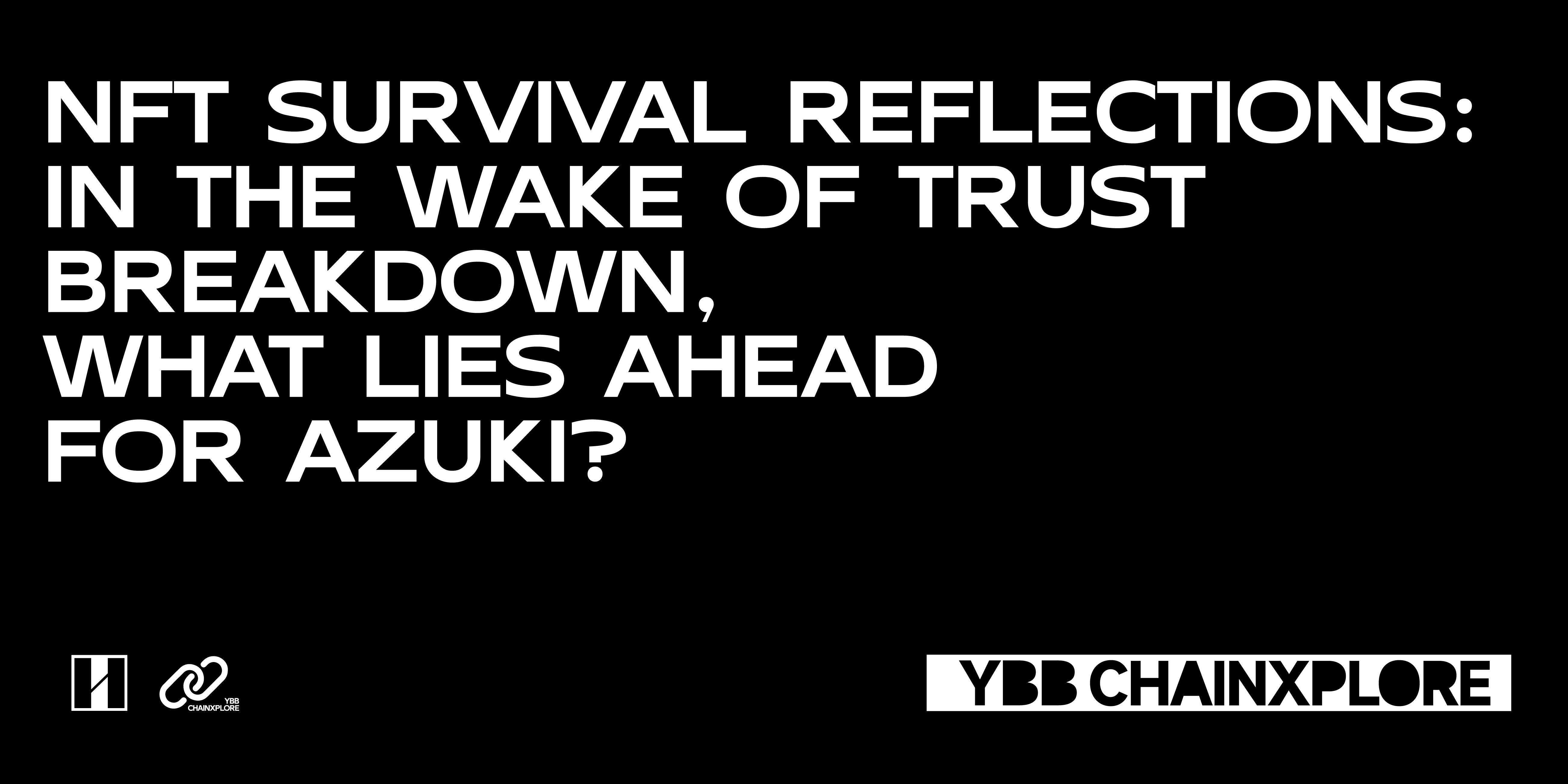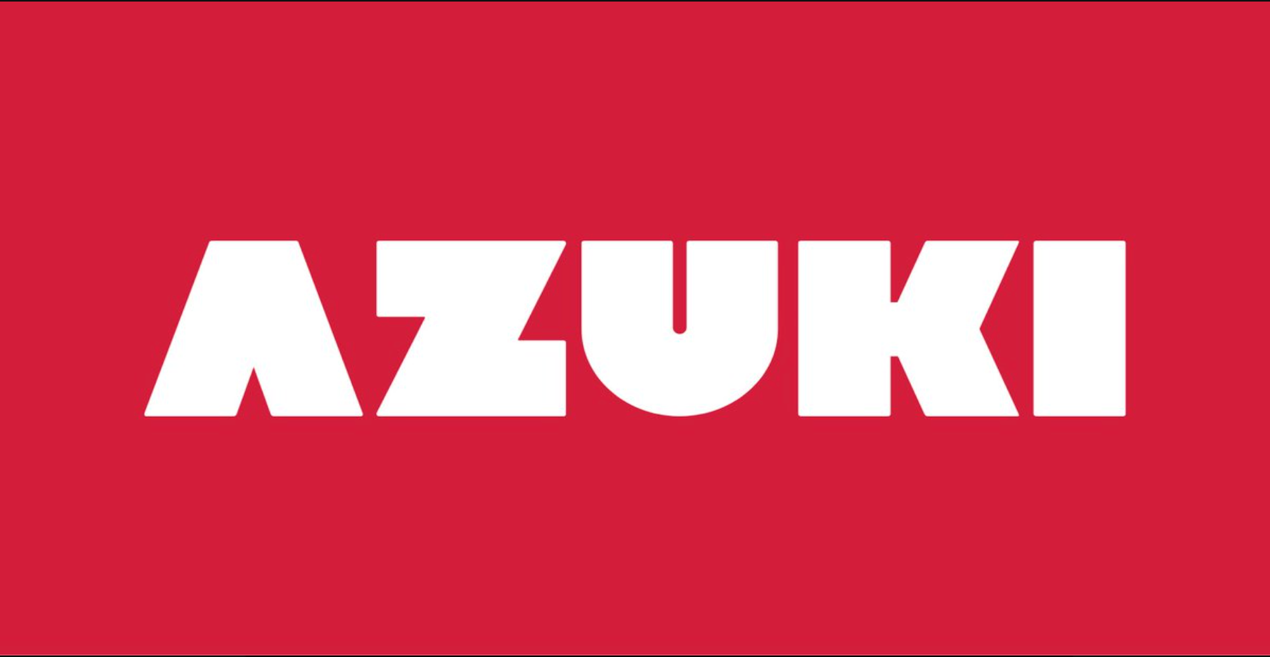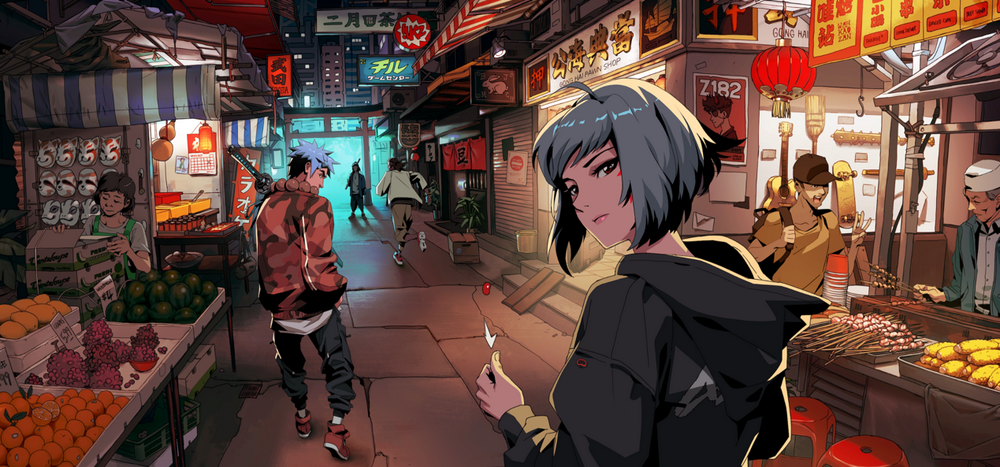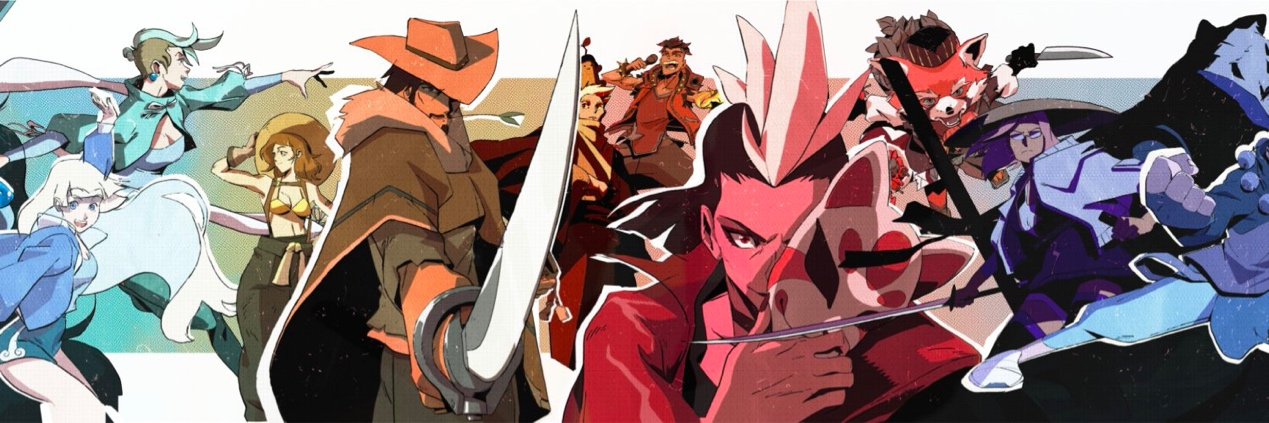
Author: Solaire, YBB Capital
Introduction
The recent downturn in the NFT market is having a profound impact on long-term investors. Waves of sell-offs seem to be sweeping the entire market, and the continued slump in the NFT market is negatively affecting the sentiment of long-term holders, prompting many to sell high-quality collections. In recent weeks, about 4.63% of all Azuki collections held by Diamond Hands have been sold, accounting for nearly 1.88% of the total Azuki NFTs on the market. Demand for Bored Ape Yacht Club (BAYC) has also declined, with nearly 2% of assets being sold by Diamond Hands. The NFT market has been going through a difficult phase since its peak in March of this year, with daily sales volume and the number of independent buyers dropping significantly (data from Cointime). With voices claiming that the narrative of PFP has come to an end, this article will look back at the history of Azuki to reflect on the factors that contributed to its past success and the issues that PFP needs to address in the current stage.
NFT, a new way of connection
The concept of NFT (Non-Fungible Token) can be traced back to 2012 when a type of asset called Colored Coins appeared on the Bitcoin blockchain. These colored coins could represent anything non-monetary, such as stocks, bonds, and collectibles.
- More than just imagination, the application of the industrial metaverse is just around the corner.
- Interpreting Bitmap, the First Metaverse Project in the Bitcoin Ecosystem
- Apple Vision Pro: Reflecting on XR, RNDR, and the Future of Spatial Computing, One Month After Release
However, the real NFT technology developed on the Ethereum blockchain. In 2015, the Ethereum blockchain was released, and its smart contract functionality allowed developers to create their own tokens, including non-fungible tokens. In 2017, the CryptoPunks project was launched. It was a buy-and-sell picture based on Ethereum, and each picture was unique. This can be seen as the early form of NFT and the first project of the Profile Picture (PFP) type.
The so-called PFP usually refers to avatar-type NFT projects, whose main features can be summarized as follows:
- Uniqueness: Each token in a PFP project is unique. This is because they are all NFTs, which means that each token has its own metadata and ownership record and cannot be replaced with other tokens;
- Artistry: Most PFP projects are artworks. Each token represents a unique, digitized avatar or character, with consistent artistic styles but different features;
- Community-driven: PFP projects often revolve around an active community. Those who hold these PFPs are not only investors but also members of the community, participating in various activities such as online discussions and offline gatherings;
- Identity representation: In many PFP projects, NFT holders use them as representative images on the Internet to display their digital identities and community affiliations;
- Economic value: As each PFP is unique and limited in quantity, they can potentially be bought and sold at high prices in the market. This gives holders a potential economic interest;
- Interactivity and scalability: Some PFP projects may include game elements, allowing tokens to be used in other applications or platforms. This increases the interactivity and scalability of PFPs.
From a cultural and social perspective, PFP’s characteristics have established a new way of connection. Chen Long, the executive dean of the School of Media and Communication at Soochow University, and his research assistant Jingyu Lun proposed in their paper “**NFT Digital Collectibles as Subcultural Capital and Their Significance in Communication Practice**” that NFT, as a subcultural capital, is dominating the network subcultural production and communication actions of young people. With fun as the basic currency, NFT constructs a fluid and diverse network subculture, creating boundaries between different circles, generations, and other members of society. There are new meanings in the communication practices centered around NFT digital collectibles.
Their significance can be divided into three points: identity, integration, and connection.
- Breaking the identity of circles: NFT breaks the isolation of various social circles. Individuals can represent different identities by changing the NFT they wear. These identities can span different communities and social media platforms. Individuals can freely flow between different circles, showcasing their digital identities;
- Integration of value and culture: People are concerned not only with the artistic value of NFTs (such as investment or collection), but also with their cultural significance (such as artistic expression or spiritual communication). This blurs the boundaries between value and culture. In NFTs based on digital media and interconnection, the boundaries between value and culture are dissolved, and they generate an intertwined pattern;
- Weak relationship connections in communities: People establish connections based on common interests or benefits, even if they may have no intersection in real life. These relatively weak relationships form a huge network that allows the exchange of information and resources. In other words, people may establish connections with others around the world through the purchase, exchange, or discussion of NFTs. These connections themselves may be weak, but when gathered together, they form a powerful social network. The connections of weak relationships are stimulated as never before, and different groups with different identities gather and upgrade their relationships through the cultural resonance brought by NFTs, ultimately forming a network society (community) centered on weak relationships.
This article will also review Azuki’s success and collapse from the perspective of identity, connection, and integration, which are the core meanings surrounding NFT culture and social perspectives.
Azuki, the magic of integration

Ready to take the red bean? – Tweet before Azuki’s birth
On January 2, 2022, Azuki was launched. Azuki has been smooth sailing since its birth and quickly became one of the three giants alongside CryptoPunks and BAYC. Unlike CryptoPunks’ historical significance and BAYC’s deep understanding of the Western market, Azuki’s success lies in the clever integration of artistic value and culture. As an NFT with a strong Japanese anime style, its success is not only due to its artistic value (recognition of its benefits and painting level), but also because it has achieved successful integration of Eastern and Western cultures. From the details of the painting, Azuki adopts the style of Japanese anime, combined with American-style bold outlines and various elements of Eastern and Western styles (such as hip-hop, swords, and costumes from different ethnic groups). This mixed art well embodies its slogan of “dedicated to becoming the largest decentralized brand established and owned by the community” in the Metaverse world, as well as its values.
Azuki Values:
◼ Community First: Everything starts with and is loyal to the community. When we prioritize something other than the community, everything will be destroyed. We will not allow this to happen because the community is always the first value of Azuki;
◼ Becoming a Top Player in the Industry: Azuki is creative, fearless, and resilient. It is easy to follow trends and make gradual improvements, but it is much more difficult to be original and innovative. We take a unique path;
◼ Progressive Process: Good things take time. Decentralized actions cannot overcome difficulties and be completed quickly like centralized actions, and this is both a blessing and a curse. Decentralization does not mean there cannot be leaders. The core team will provide fences and resources for all Beans to grow together, but this cannot be achieved overnight.
Welcome anyone in the world to join and create the largest decentralized brand. It is also attractive to us Web3 natives who are attracted and gathered by the decentralized vision.
As of today, in the Garden (Azuki community), there are already 66 communities created by Azuki enthusiasts, which further proves the magical integration power of Azuki.
But the later journey of Azuki has been exceptionally difficult. The misconduct of the project party and the conflict with its philosophy led to their collapse, and the community could not save them time and time again.
Azuki Defense Battle, the Power of Connection

A drop of water, even falling on hot sand, will quickly evaporate. But when millions of drops of water come together, they can become a sea. – Karl Marx
Before the defeat of the Elementals series, Azuki actually experienced a FUD. In May 2022, ZAGABOND, the founder of Azuki (referred to as ZAGA below), published an article titled “A Builder’s Journey” on Mirror, confessing that his team had operated three projects, CryptoPhunks, Tendies, and CryptoZunks, in the past year, all of which ended in failure.
This confession caused a huge wave in the community. After ZAGA admitted to being behind the three Rug projects, Azuki then plummeted to 10ETH. However, this negative impact did not last long. Supporters believed that entrepreneurial failure is not a shameful thing, but rather, ZAGA’s bold admission of failure and the spirit of daring to innovate are very important. Therefore, shortly after the plunge, Azuki quickly rebounded to 16ETH.
However, in my opinion, the argument that entrepreneurship failure is not scary is not the key to this turnaround. Moreover, this argument has shifted the focus. ZAGA threw a mess to the community and rug-pulled, which is not simply a business failure. If the attitude after failure is sincere, it can be understood. However, ZAGA only left a black-and-white announcement after operating for a few weeks and then disappeared.
Rug is an extremely sensitive term in the world of crypto, especially when it comes to three consecutive Rug projects. The key to Azuki’s real turnaround lies in having a strong Holder connection, the love for Azuki’s artistic style, and the interests that firmly connect countless unrelated weak relationship groups together, forming an incredibly powerful community. At this moment, as a collective, internal dissatisfactions will be shaken and drowned out by the connection, and external FUD seems insignificant in the face of the floor price created by the community holders.
Azuki’s first life-or-death battle safely passed under the defense of the community, and Jeremy Cahen, the founder of Not Larva Labs who repeatedly accused and mocked ZAGA as a scammer, became Azuki community’s biggest enemy.
Looking back, the reason why the first FUD was able to pass safely was not only due to the strength of the connection, but also because the FUD had not yet impacted Azuki’s own value.
Elementals, the shattering of identity value

Scarcity is the source of value for all commodities. – Adam Smith
When June arrived, Azuki unveiled its new series, Elementals, with a cool and stylish Western-style animated short film at an offline conference in Las Vegas. The release of the short film instantly triggered a climax in the community, and holders almost flooded social media with this news.
However, a few days later, the release of the artworks brought the entire NFT market to a freezing point. The higher the expectations, the deeper the disappointment. The artworks and trailers of Elementals showed various new elements that were almost unrelated. But this is not the most fatal problem. The most fatal problem is that the new series almost replicated the elements of the Azuki OG series one-to-one, which can be said to be an “officially released” pirated series. Moreover, due to technical issues, there were completely duplicated and confused images of the elements.
The remedy for this situation of repeated images by the project team was to directly modify the already sold immutable NFT images through the URL in the contract. They also directly acknowledged the issue of Elementals’ repetition of elements from the OG series in an announcement. They designed it this way and even plan to release a green bean based on Beanz (a sub-series of Azuki).
This bewildering move instantly drew ridicule from all sides. The once invincible community fell apart overnight, and some core members of the community even formed Azuki DAO and 20000E DAO to prepare for legal action against the founder to recover the 20,000 ETH obtained by ZAGABOND in the Elementals sale. Ironically, legal assistance and evidence provision may still require the help of Azuki’s public enemy, Jeremy Cahen.
Although Chiru Labs (Azuki’s development team) knows how to be cool, they do not understand the identity value brought by Azuki. As ZAGA said in a post-interview, they overestimated themselves and underestimated the community. The damage caused by the Elementals series to Azuki’s economic value and identity value is fatal. As a PFP project, Azuki used to be one of the best avatars on social media. In the past, you could often see famous KOLs and senior players in Web3 flaunting them. It symbolized not only a member of the strongest blue-chip community but also a symbol of wealth. However, when the same project team releases a low-priced series with almost identical elements, these symbols lose their meaning. Even ZAGA, I believe, cannot distinguish between Elementals avatars and Azuki avatars on social media. Wearing an Azuki avatar (or maybe an Elementals avatar, XD) has become a laughingstock in other communities today.
ZAGA did almost everything wrong in the Elementals incident, not only trampling on the meaning of NFT but also betraying their commitment to the community in their values. Azuki’s powerful connection started to shatter from the core.
The balance brought by the game, the sword of Damocles always hangs over our heads
Before writing this article, I have read many thinking articles related to the collapse of Azuki, most of which start from the perspective of IP and narrative, exploring how to do a good job in IP, how to find better narratives and application scenarios. However, considering the scale of most NFT project teams and the drastic decrease in royalty income under the current bear market of NFT, this exploration is meaningless. And Yuga Labs, the only one capable of doing this, has already set an example, although Yuga Labs’ courage and action as a pioneer are admirable, the metaverse narrative unfolded by its flagship project BAYC has not saved NFT, and the continuous issuance of new projects and narratives has only led to the continuous decline of BAYC and its derivatives.
As for finding new application scenarios and new NFT narratives, there doesn’t seem to be a better answer than PFP. From the perspective of culture and social interaction, PFP naturally has the ability to spread and cohere, which other types of NFT cannot achieve.
The problem of extreme centralization in the current stage of PFP projects is not a secret. We believe that the project team will not do anything malicious. However, from the perspective of game theory, as a community of interests, the project team has no reason to make changes to the images or maliciously increase supply. But unfortunately, this game is contrary to the development of the project team. The meaning of NFT is built on the premise of decentralization, but the project team has absolute control over the fate of the project. How can a small team of several or a dozen people guarantee that every major decision will not have mistakes? Is the image I purchased mine or is it stored on the project team’s computer? If the scarcity and immutability of NFT are always determined by a central authority, then instead of expecting small teams to create miracles, I prefer to buy shares of Walt Disney.
The current task is to solve the trust issue and decentralize power. Although it is the culture created by the project team that connects the community, any project needs a strong community. Holders contribute everything to the community, and when there are problems at the core of the community, they do not even have the right to be informed.
Azuki’s Declaration
Here comes a new wave…
新浪潮来袭…
And surfing here is different.
在这里冲浪是与众不同的
Breaking down barriers.
我们正在打破壁垒
Building open communities.
建立开放的社区
Creating magic internet money with our friends.
Create magical internet currency with friends.
To those who don’t get it, we tell them: gm.
For those who don’t understand, we tell them: GM.
They’ll come around eventually.
They will eventually understand.
Here’s to the ones with the courage to jump down a peculiar rabbit hole.
Here’s to those who have the courage to jump into a peculiar rabbit hole.
One that pulls you away from a world that’s created by many and owned by few…
One that pulls you away from a world created by many but owned by a few…
To a world that’s created by more and owned by all.
To a world created by more and owned by everyone.
From The Garden come the human beans that sprout into your family.
From “The Garden” come the human beans that sprout into your family.
We rise together.
We rise together.
We build together.
We build together.
We grow together.
We grow together.
This is the declaration from the Azuki official website to the community members, although it may seem weak at the moment, they have always been the best project in interpreting “We”. There is still a long way to go to rebuild, and I hope this time ZAGA can treat its community well.
Like what you're reading? Subscribe to our top stories.
We will continue to update Gambling Chain; if you have any questions or suggestions, please contact us!